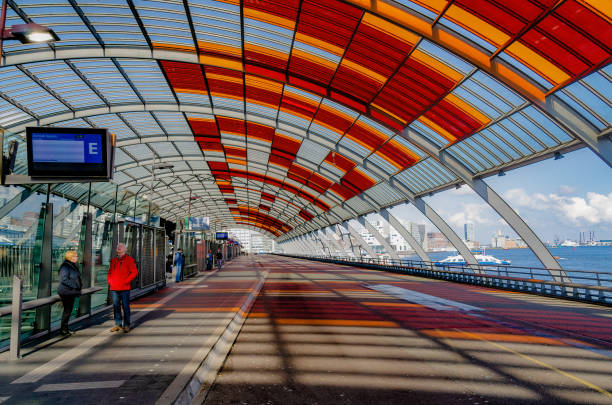
Building Solutions presentation at the FNCCR congress
The Fédération Nationale des Collectivités Concédantes et Régies (FNCCR – French national federation of public utility oversight authorities) brings together nearly 800 local authorities that oversee local public utility networks. It has a collective brand, Territoire d’énergie.
On 2 October of this year, at the triennial congress of the FNCCR, Building Solutions, via SERCE, took part in a round table discussion on energy renovation of buildings.
The main points addressed were as follows:
♦ In both the residential and the service sectors, energy renovation has a long way to go to fulfil the objectives set out in the French energy transition law of 2015. New systems will have to be introduced to boost the action taken.
♦ The Member of Parliament representing the Isère department, Marjolaine Meynier-Millefert, who is involved in drawing up the regulations, provided information on the current and planned legislative measures under the SARE (energy transition support department), which is designed to support individual homeowners. Changes in the CITE (energy transition tax credit) are also under discussion in the National Assembly.
♦ Jérôme Gatier, Director of the Sustainable Building Plan, discussed schools, in which initiatives targeting student behaviour have borne fruit. The idea is to create games: for example, asking children to bring a warm jumper to school is more effective than announcing that the thermometer is going to be set lower in classrooms. It will be remembered that setting the temperature 1° lower in buildings reduces the heating bill by 7%.
♦ Repesenting SERCE, the association of large electrical and climate engineering contractors, Pierre Blanchet provided some facts and figures: energy consumption in the service sector is varies widely, from 700 kWh/m²/year for a high-consumption building to 80 kWh/m²/year for a well-renovated structure. Based on the recent service sector decree, which requires sharp cuts in energy consumption by 2030, he spelled out the existing ways to achieve this objective, in increasing order of investment cost: action to change the behaviour of occupants; optimisation of PLCs and programming of installations; comprehensive replacement of systems; and total renovation.
♦ Hubert Briand, representing the Banque des Territoires (a subsidiary of the Caisse des Dépôts et Consignations), presented the “intracting” system, focused on energy renovation of public buildings. This budget item is initially funded by appropriations for investments, renewed every year by energy savings. Ultimately, the savings will fully cover all works, ensuring budget neutrality for local taxpayers. Click here to find out more.
Following that, there were presentations by a number of local authorities, the SYANE (Syndicat des Energies et de l’Aménagement numérique de la Haute-Savoie) and the Besançon urban community, which described their experience when they took action to boost the energy performance of heating and electrical systems and achieved savings of more than 20%.
Local authorities are called on to set an example and take initiate projects now to achieve the objectives set. The technical and financial solutions exist, and what remains to be done is to galvanise the entire sector and take action.
Did you like the article ?



